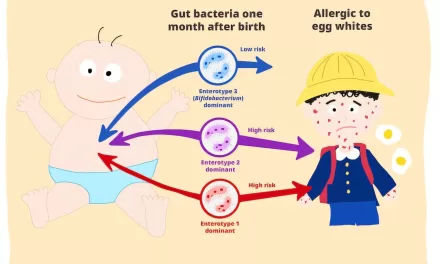In a groundbreaking study published in Nicotine and Tobacco Research, researchers from the Fralin Biomedical Research Institute at VTC’s Addiction Recovery Research Center have identified a promising strategy to tackle socioeconomic disparities in tobacco use. The study, leveraging data from their Experimental Tobacco Marketplace, explores the impact of flavor restrictions on nicotine product consumption among different socioeconomic groups.
Cigarette smoking remains the leading cause of preventable death in the U.S., with significant disparities in smoking rates across socioeconomic strata. Assistant Professor Roberta Freitas-Lemos, the study’s lead author, underscores that more than 30 percent of the variation in life expectancy among socioeconomic groups can be attributed to smoking-related factors.
The study focused on menthol-flavored cigarettes, which have been disproportionately marketed in communities with lower household incomes and educational attainment. By analyzing purchase behaviors in their Experimental Tobacco Marketplace, researchers simulated the effects of policy interventions aimed at restricting flavored nicotine products.
“We split our sample based on socioeconomic status and observed how policy changes affected purchasing habits,” explained Freitas-Lemos. “Our findings suggest that flavor restrictions could potentially reduce tobacco-related diseases and deaths, particularly in vulnerable populations.”
Warren Bickel, professor at the Fralin Biomedical Research Institute and director of the Addiction Recovery Research Center, highlighted the marketplace’s innovative approach. “Participants use an online platform resembling Amazon to make simulated purchases based on their reported tobacco use,” said Bickel. “This allows us to predict how policy changes, like flavor restrictions, influence consumer behavior through the economic principle of substitution.”
The study emphasizes the need for comprehensive policy evaluations, as the effectiveness of flavor restrictions hinges on the availability of alternative nicotine products. Bickel stressed the importance of considering the cumulative impact of multiple policies on health disparities. “While one policy may mitigate disparities, its effectiveness can be undermined by conflicting measures,” he noted.
The implications of this research extend beyond tobacco control, suggesting a broader framework for addressing health equity through targeted policy interventions. By integrating economic modeling with health disparities research, the study pioneers a method to forecast the health impacts of regulatory policies.
“We’re optimistic that these findings will inform evidence-based policies that not only reduce tobacco use but also promote health equity,” concluded Freitas-Lemos. “Understanding how policy interactions shape behavior is crucial for designing effective strategies to improve public health outcomes.”
The study underscores the potential of flavor restrictions in cigarettes and enhanced access to affordable nicotine replacement therapies as pivotal steps towards narrowing socioeconomic gaps in tobacco use and improving overall public health.












